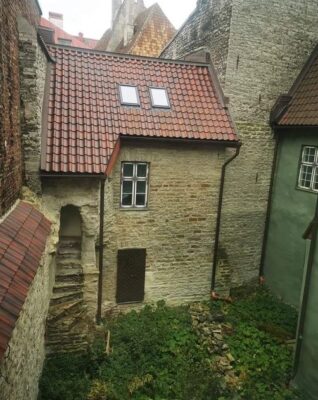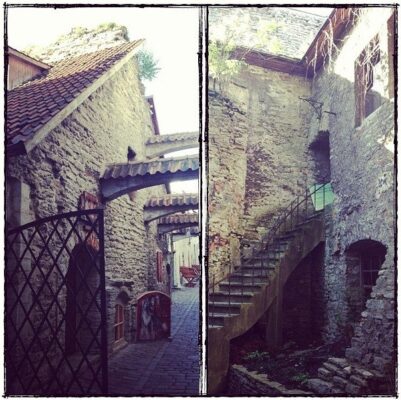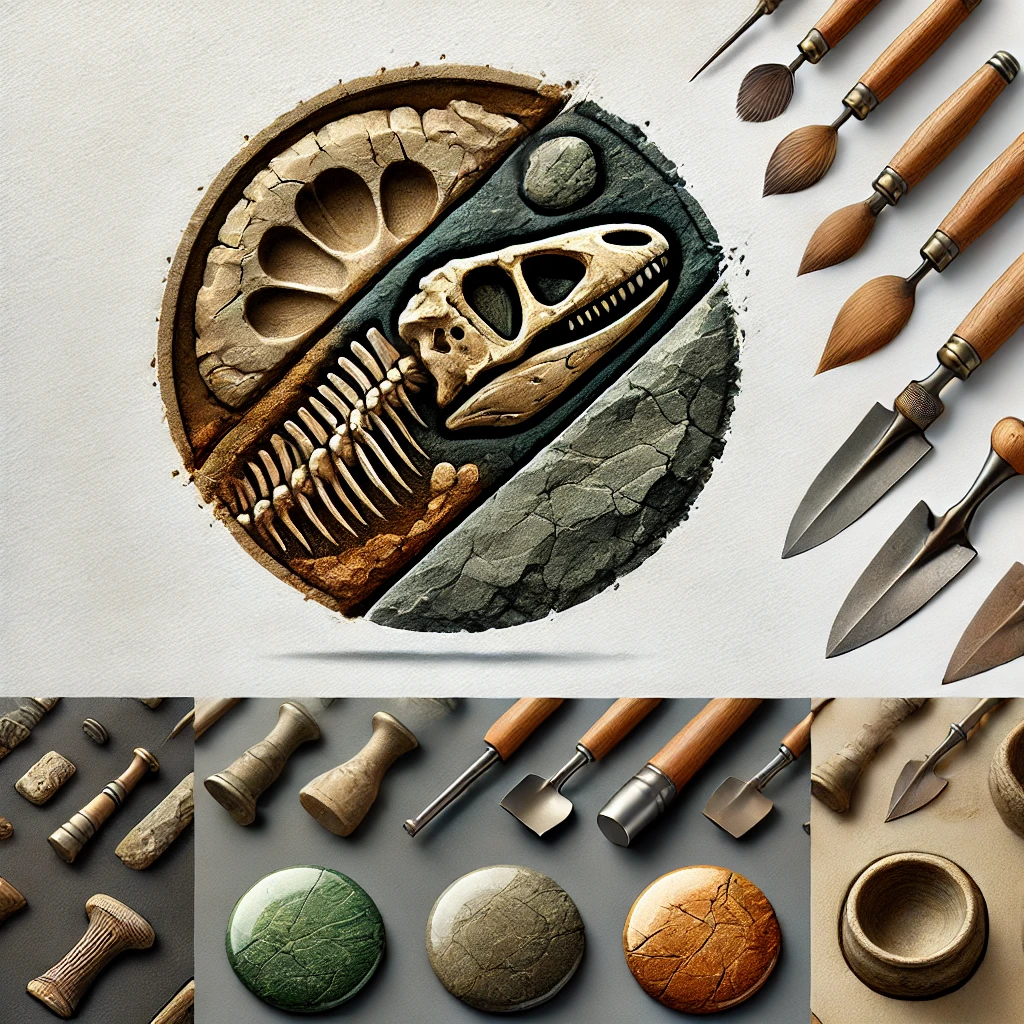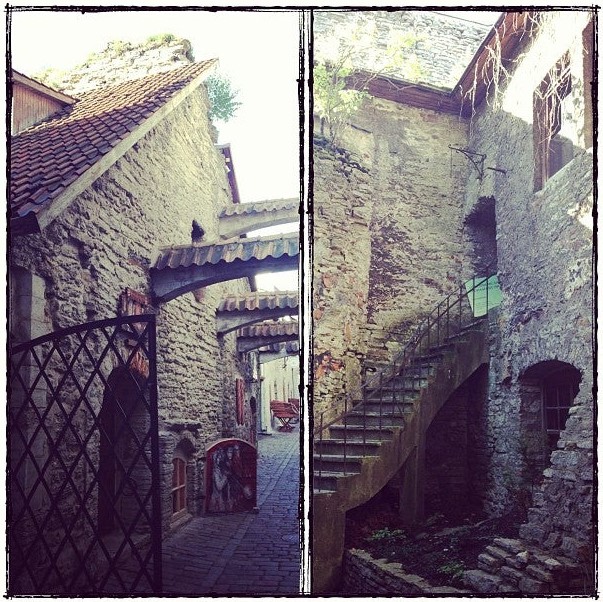Architecture in Tallinn, the capital city of Estonia, is a remarkable destination where history comes alive through its preserved medieval architecture. The city’s transformation began in the 13th century, evolving into a thriving trade center and a vital member of the Hanseatic League. Let’s delve into the journey of Tallinn’s development and the timeless architecture that continues to captivate visitors.

1. Tallinn’s Rise as a Trade Hub
1.1. A Flourishing City in the 13th Century
In the 13th century, Tallinn emerged as a prominent trading hub in Northern Europe. Its strategic location on the Baltic Sea made it a crucial point of connection for merchants and travelers.
1.2. Joining the Hanseatic League
In 1285, Tallinn became a member of the Hanseatic League, an influential network of trading cities across Europe. This membership elevated its status, attracting merchants and enhancing economic growth.
1.3. The Impact of Wealth on Development
The city’s newfound prosperity allowed for advanced urban planning and the construction of enduring architectural landmarks. This period laid the foundation for Tallinn’s medieval charm that persists to this day.

2. Iconic Medieval Landmarks in Tallinn
2.1. The Town Hall Square
At the heart of Tallinn lies the historic Town Hall Square, surrounded by colorful merchant houses and dominated by the Gothic-style Town Hall. Built in the 14th century, it remains one of the oldest of its kind in Europe.
2.2. St. Olaf’s Church
Once the tallest building in the world, St. Olaf’s Church stands as a testament to Tallinn’s medieval architecture. Its towering spire and intricate design reflect the craftsmanship of the era.
2.3. Merchant Houses and Guilds
The well-preserved merchant houses and guild buildings, such as the Great Guild Hall, showcase the city’s vibrant trade history and the opulent lifestyles of its wealthy merchants.

3. Preserving Architecture in Tallinn
3.1. UNESCO World Heritage Status
Tallinn’s Old Town was designated as a UNESCO World Heritage Site in 1997, recognizing its unique medieval heritage and architectural significance.
3.2. Modern Tourism and Conservation
Efforts to preserve and restore Tallinn’s historic structures have transformed the city into a popular destination for history enthusiasts and architecture admirers.
3.3. Experiencing Tallinn Today
Visitors can explore the cobblestone streets, enjoy panoramic views from Toompea Hill, and immerse themselves in the medieval atmosphere that defines the city.
S
See more: The Mysterious and Abandoned Porto Flavia: A Forgotten Piece of Engineering History
Conclusion
Tallinn, Estonia, stands as a living museum of medieval architecture, offering a glimpse into the city’s prosperous past. From its rise as a trade hub in the 13th century to its status as a UNESCO World Heritage Site, Tallinn’s enduring landmarks continue to tell the story of its remarkable history. Whether you’re strolling through the Old Town or marveling at its iconic structures, Tallinn promises an unforgettable journey through time.


CÁC TIN KHÁC
Mark Twain & Olivia Langdon: A 36-Year Love Story Filled with Laughter and Devotion
The Tollund Man: A 2,400-Year-Old Mystery Preserved in a Danish Bog
Skara Brae: Scotland’s Hidden Neolithic Village
Porta Nigra: The Hidden Depths of Trier’s Iconic Roman Gate